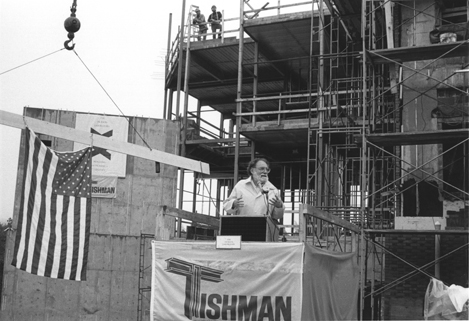
Faculty Research 1990 - 1999
Spontaneous Pneumocystis carinii pneumonia in immunodeficient mutant scid mice. Natural history and pathobiology.
Document Type
Article
Publication Date
1990
Keywords
Body-Weight, Bone-Marrow-Transplantation, Erythrocyte-Volume, IgM, Immunologic-Deficiency-Syndromes, Longevity, Lung, Mice, Mice-Mutant-Strains, Organ-Weight, Pneumonia-Pneumocystis-carinii, Support-Non-U, S, -Gov't, Support-U, S, -Gov't-P, H, S
First Page
1173
Last Page
1186
JAX Source
Am J Pathol 1990 May; 136(5):1173-86.
Grant
AI25765, AI20232, CA35845
Abstract
The opportunistic pathogen Pneumocystis carinii (Pc) poses a major clinical health problem in individuals with immune deficiency, including those patients with human immunodeficiency (HIV)-associated acquired immune deficiency disease (AIDS). Heretofore, in vivo investigations of the biology of Pc and pathogenesis of pneumocystosis have generally employed steroid-induced immune suppression with antibiotic prophylaxis and protein deprivation. This approach has many drawbacks, chief among them being the widespread, multiple interacting effects caused by the inducing agents. Athymic (nude) mice and rats have been used, but are less than ideal, as the immune defect primarily affects T lymphocytes. This article describes the natural history, pathobiology, and environmental effects on Pc pneumonitis in nonaxenically housed mice homozygous for the autosomal recessive mutation 'severe combined immunodeficiency' (scid), which almost totally lack both cell-mediated and antibody-mediated immune functions. The predictability, unequivocal expression, high morbidity, and well-defined genetic basis make scid/scid mutant mice the model of choice for in vivo studies of spontaneous pneumocystosis.
Recommended Citation
Roths JB,
Marshall JD,
Allen RD,
Carlson GA,
Sidman CL.
Spontaneous Pneumocystis carinii pneumonia in immunodeficient mutant scid mice. Natural history and pathobiology. Am J Pathol 1990 May; 136(5):1173-86.

